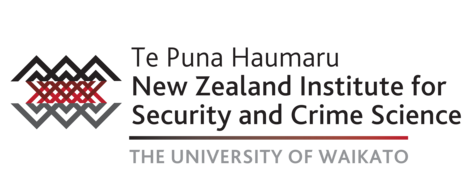Hamilton Public Lecture by Professor Fei Yang
Beyond Crime Counts: Introducing the Police Response Effort Index - Te Puna Haumaru Seminar Series

- Thursday 20 Nov 2025
- 2pm -3pm
- Online
- Te Puna Haumaru
- nziscs@waikato.ac.nz
- Free
This seminar describes the PREI and presents some examples of how it can be used to provide additional insights into crime and demand.
Responding to crime and other demands for police service requires measuring these in a way that accounts for wide variations in types of crime and incidents—not all are equal, yet have traditionally been counted equally. Crime Harm Indices (CHIs) have been increasingly adopted in recent years to help factor in differences between crime types, based on the amount of harm they cause. But CHIs are crime specific and don’t tell the whole demand story. We introduce a complementary tool to help factor in differences between crime and other demand types. The Police Response Effort Index (PREI) differentiates crime and demand types by the amount of effort (time) it takes police in responding to them. This seminar describes the PREI and presents some examples of how it can be used to provide additional insights into crime and demand.
SPEAKERS:
Dr Sophie Curtis-Ham is a lead researcher at New Zealand Police and honorary research associate at the University of Waikato. Her research spans evidence-based policing, investigative and forensic psychology, crime science and environmental criminology. She is passionate about improving policing through science and has innovated tools for analysing crime harm, police effort, and crime investigation suspects' locations, to support strategic and investigative decision-making.
Ryan Jones is a Senior Advisor – Research Insights at New Zealand Police. His work focuses on translating data into actionable insights to support strategic decision-making across police. Ryan has worked for New Zealand Police for six years and is passionate about evidence-informed policy. His recent work includes examining Police’s use of remotely piloted aircraft systems and evaluating a framework for triaging requests for service received by police.
